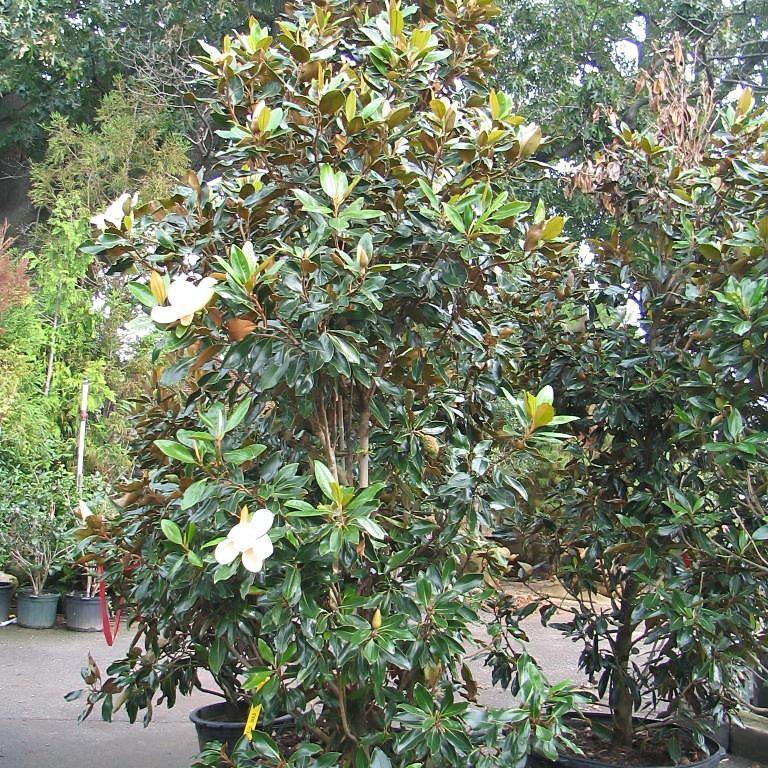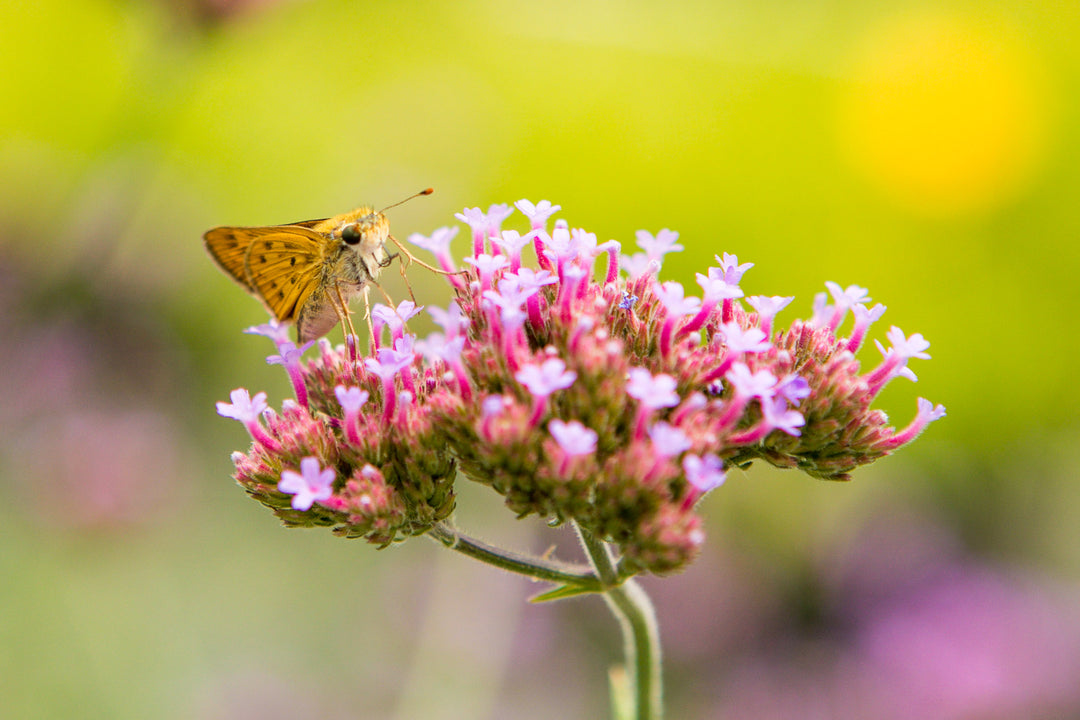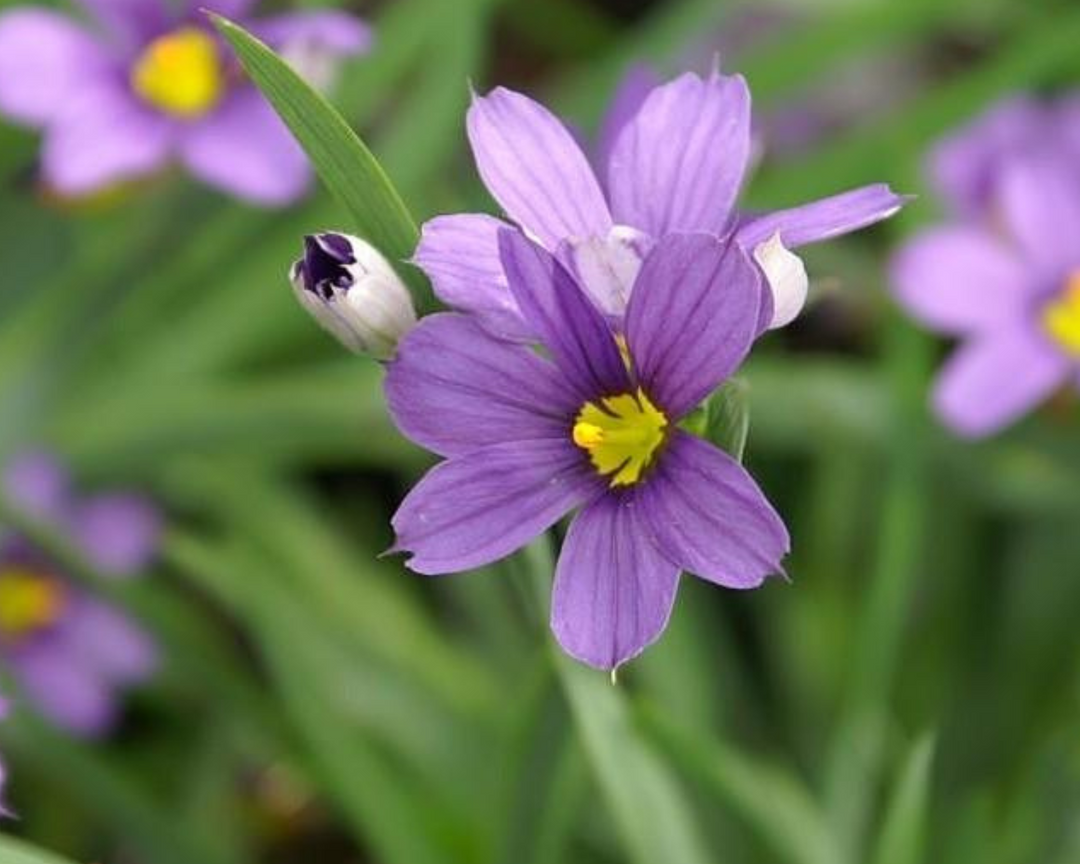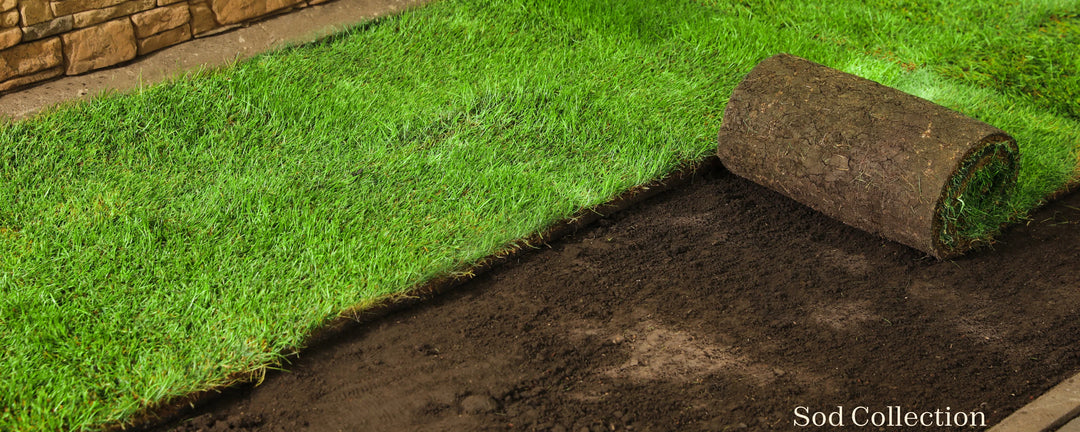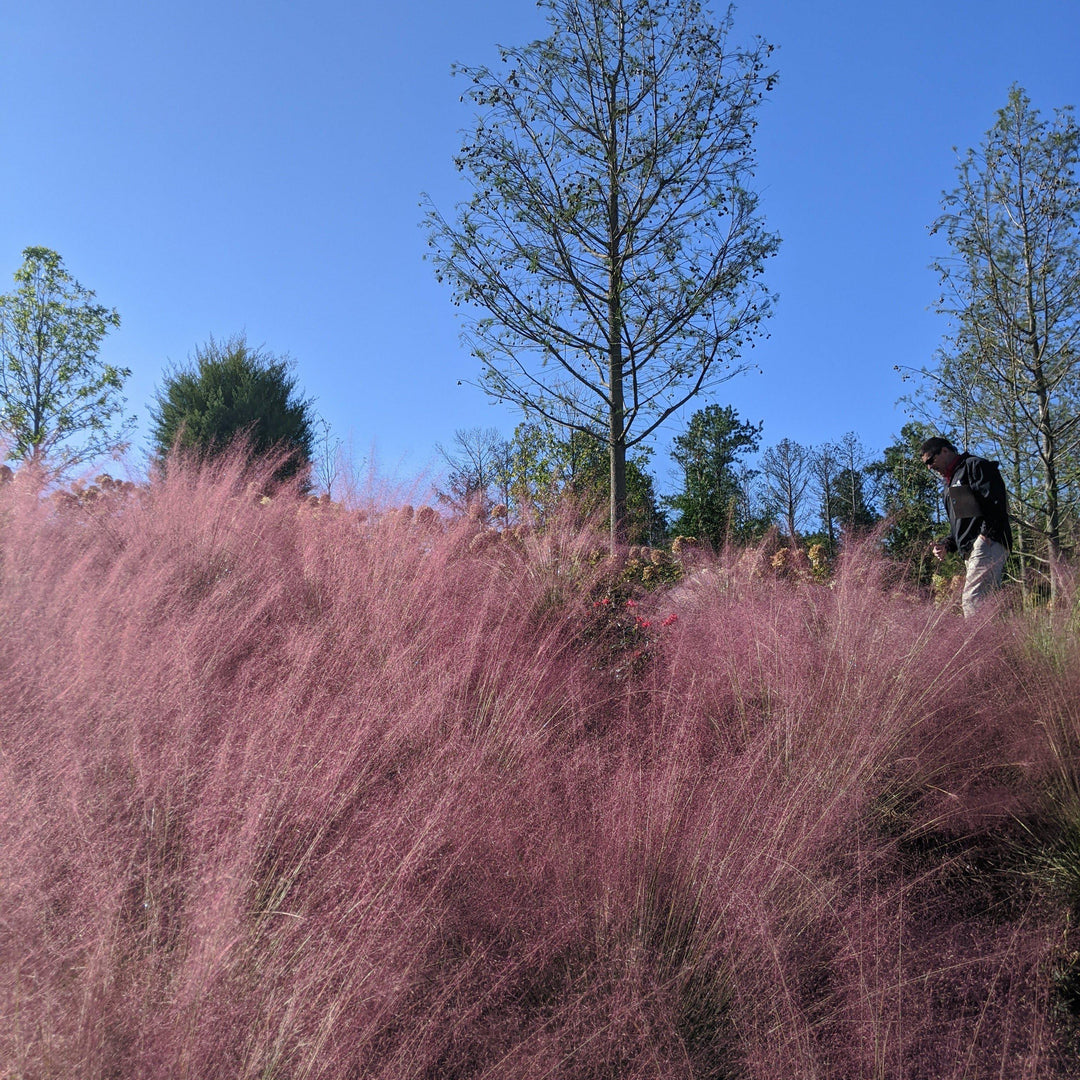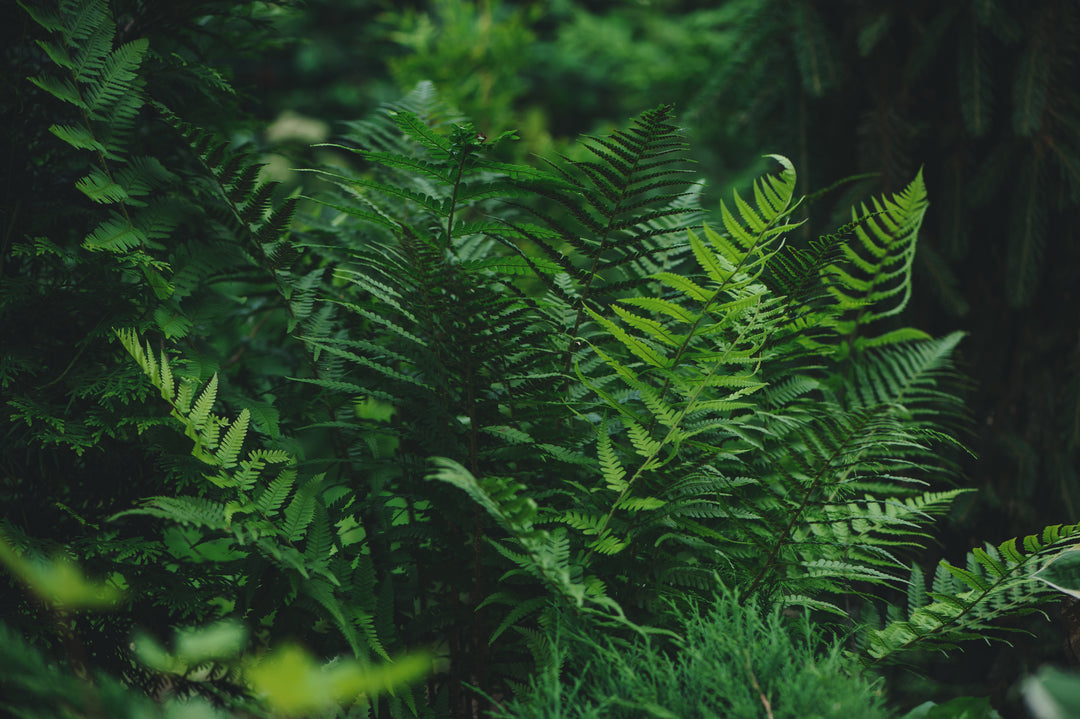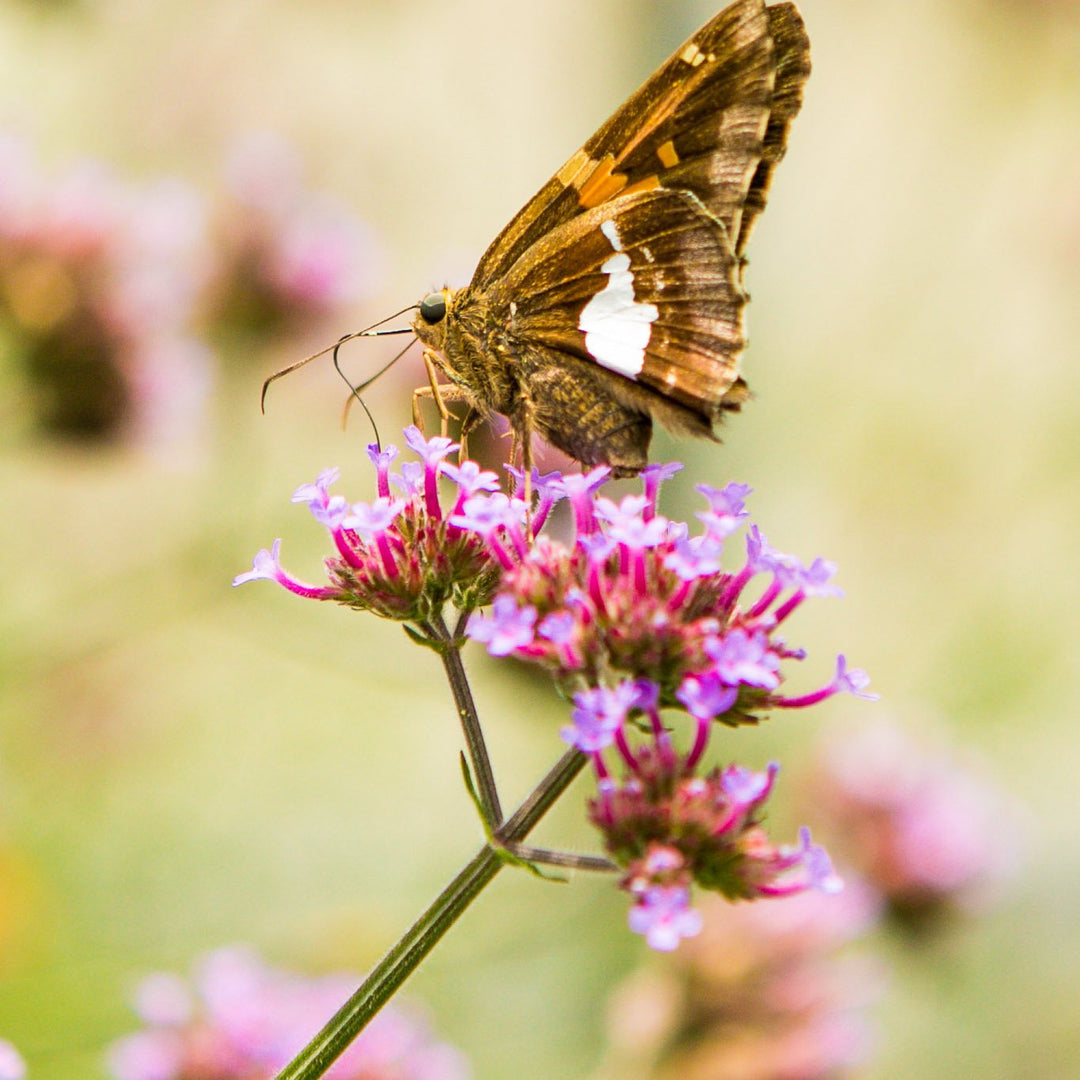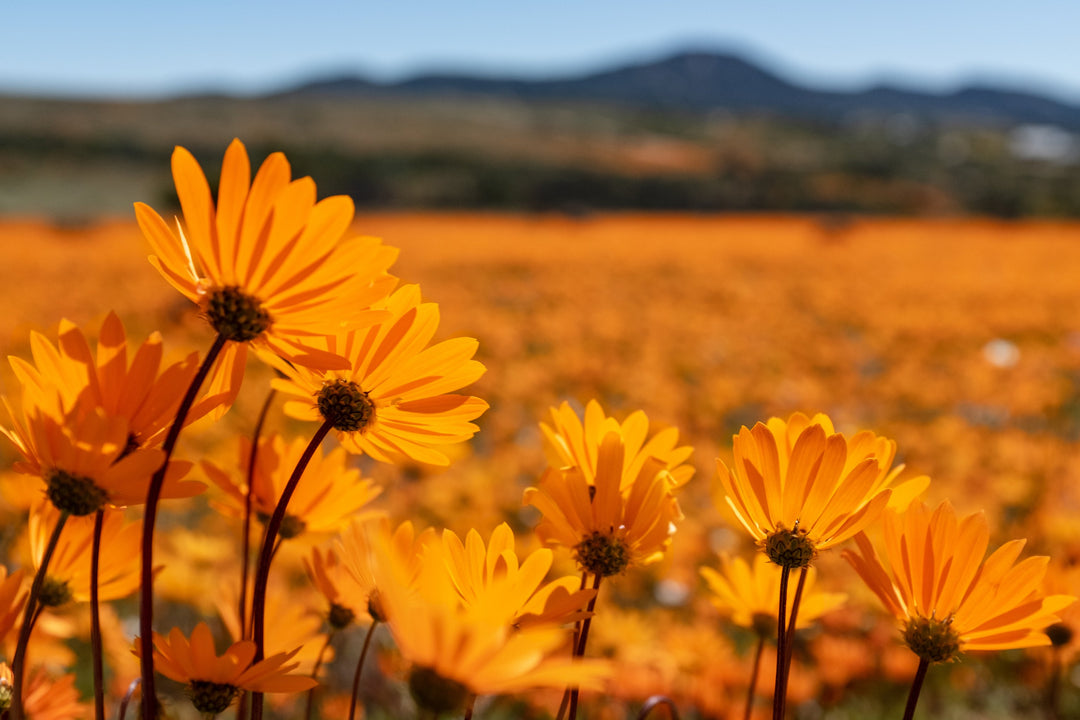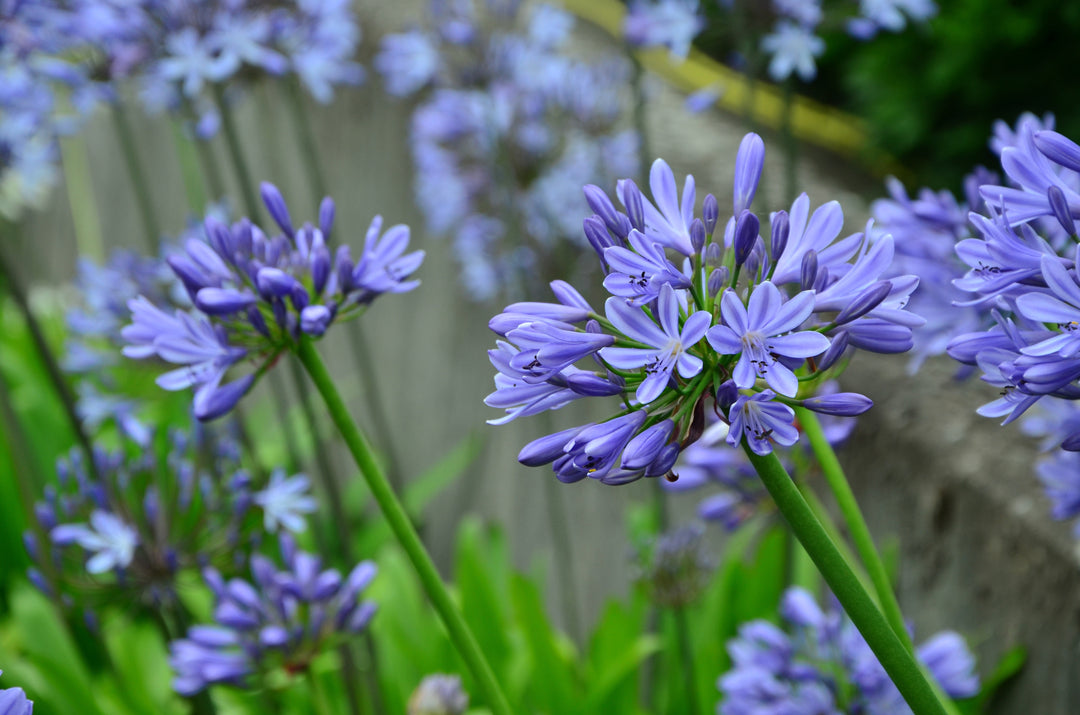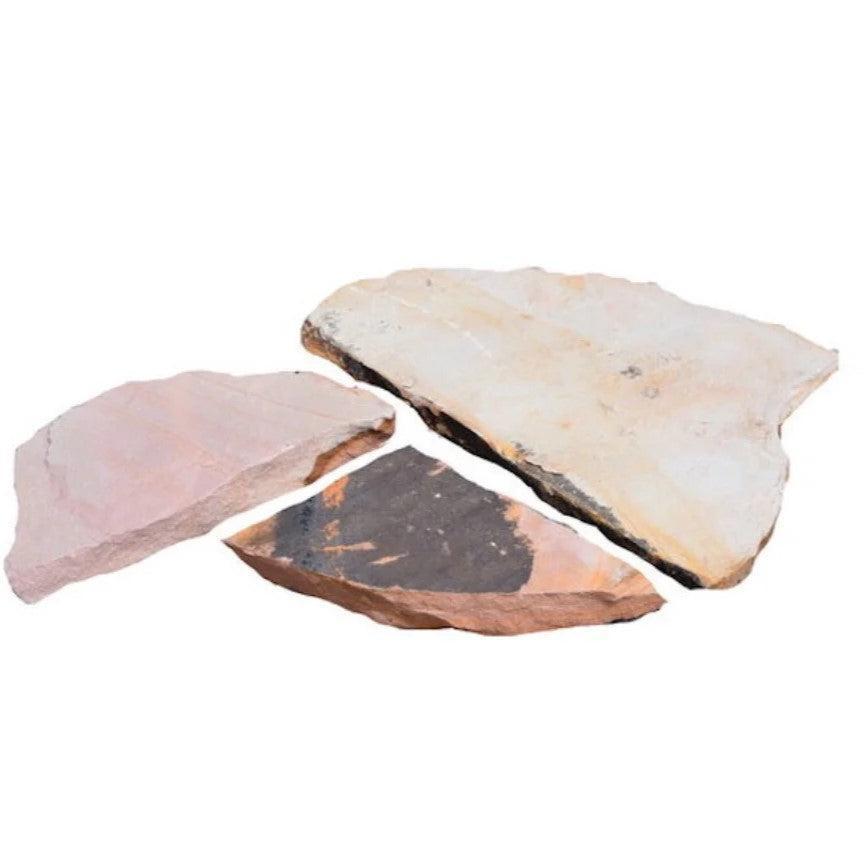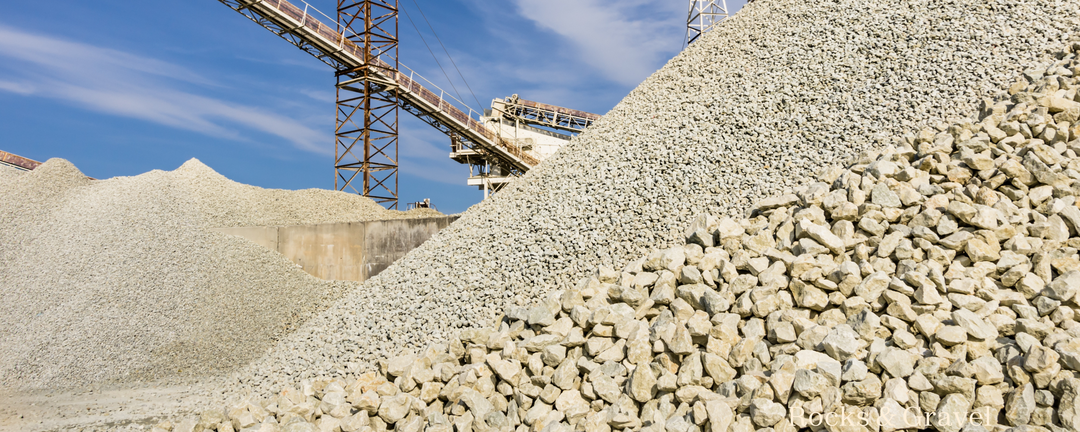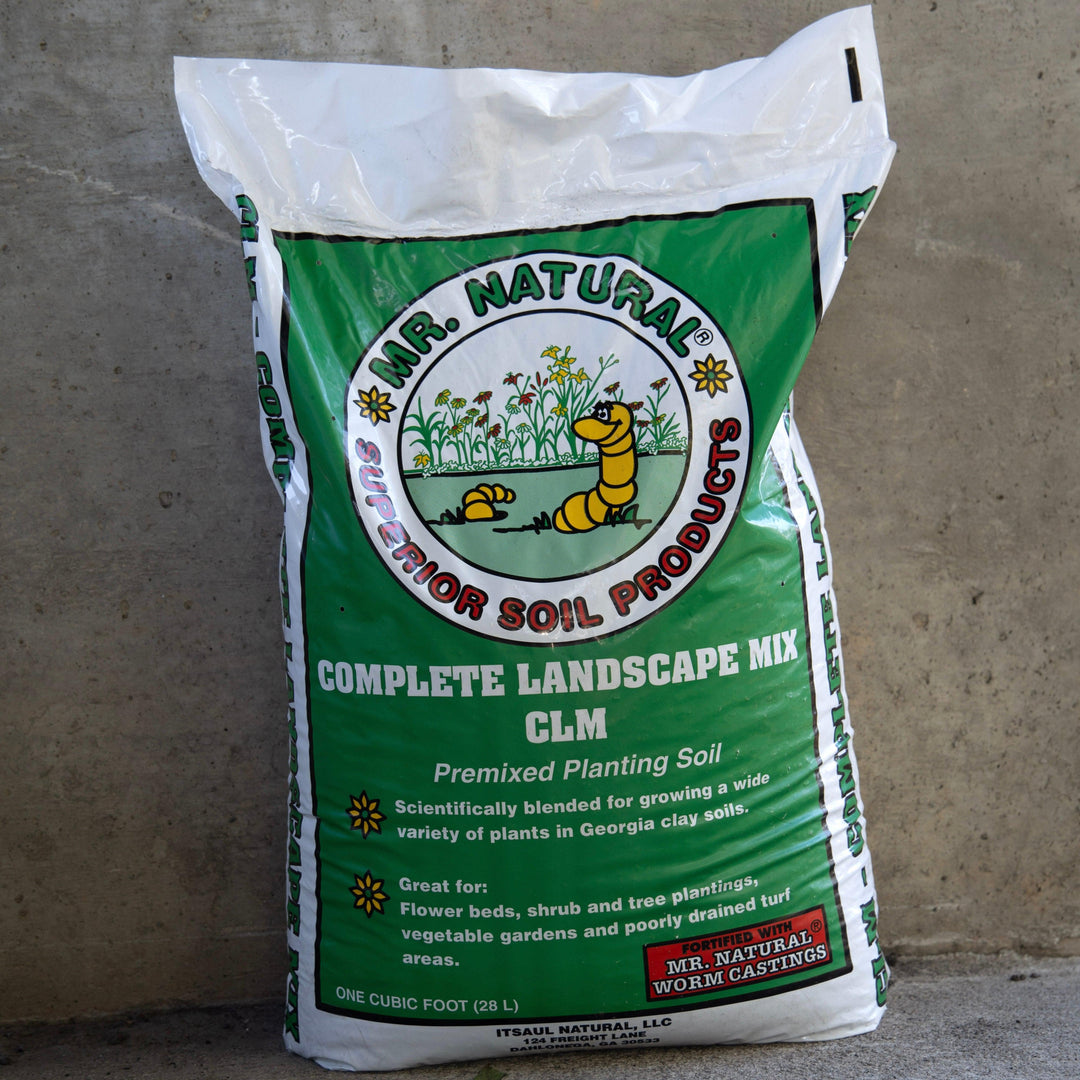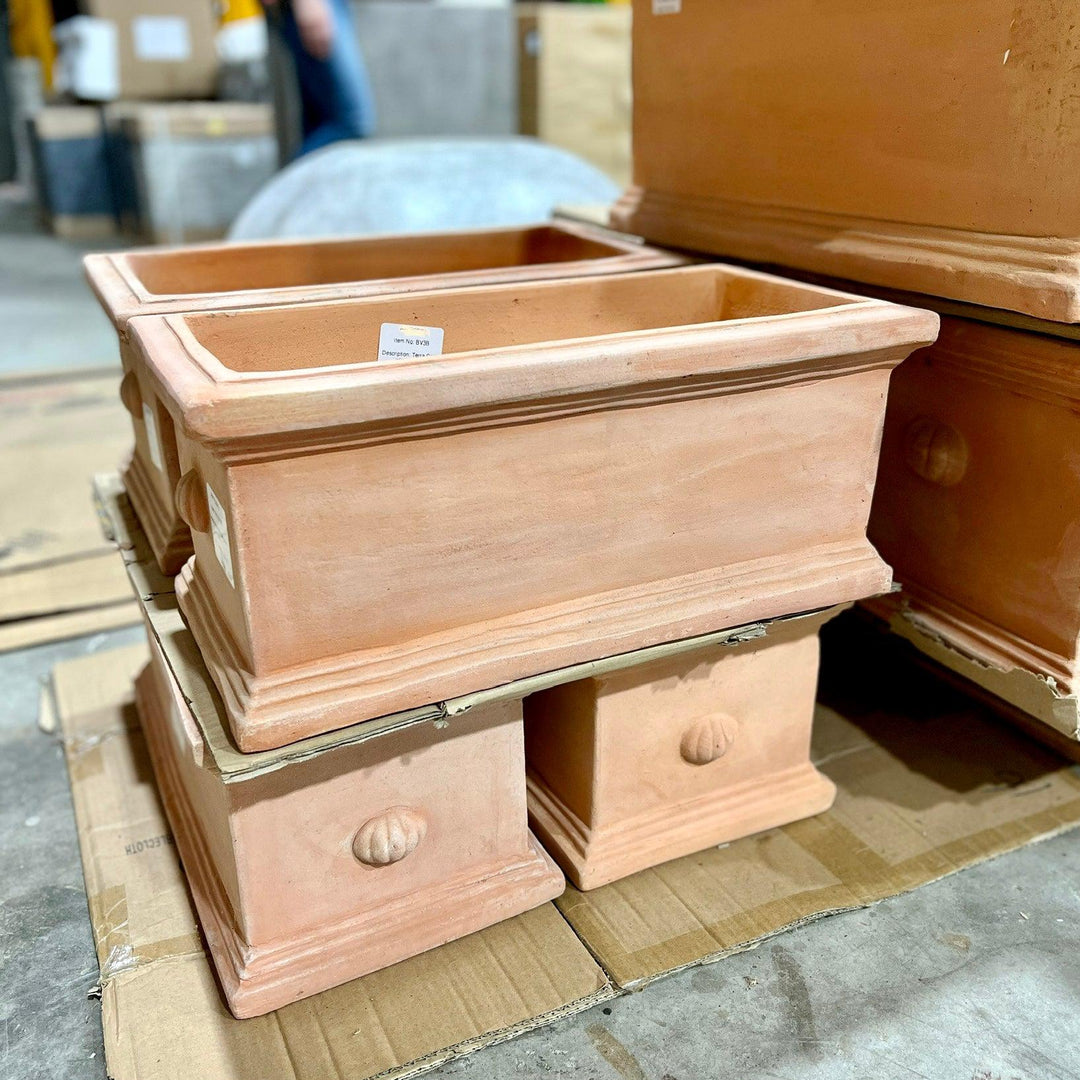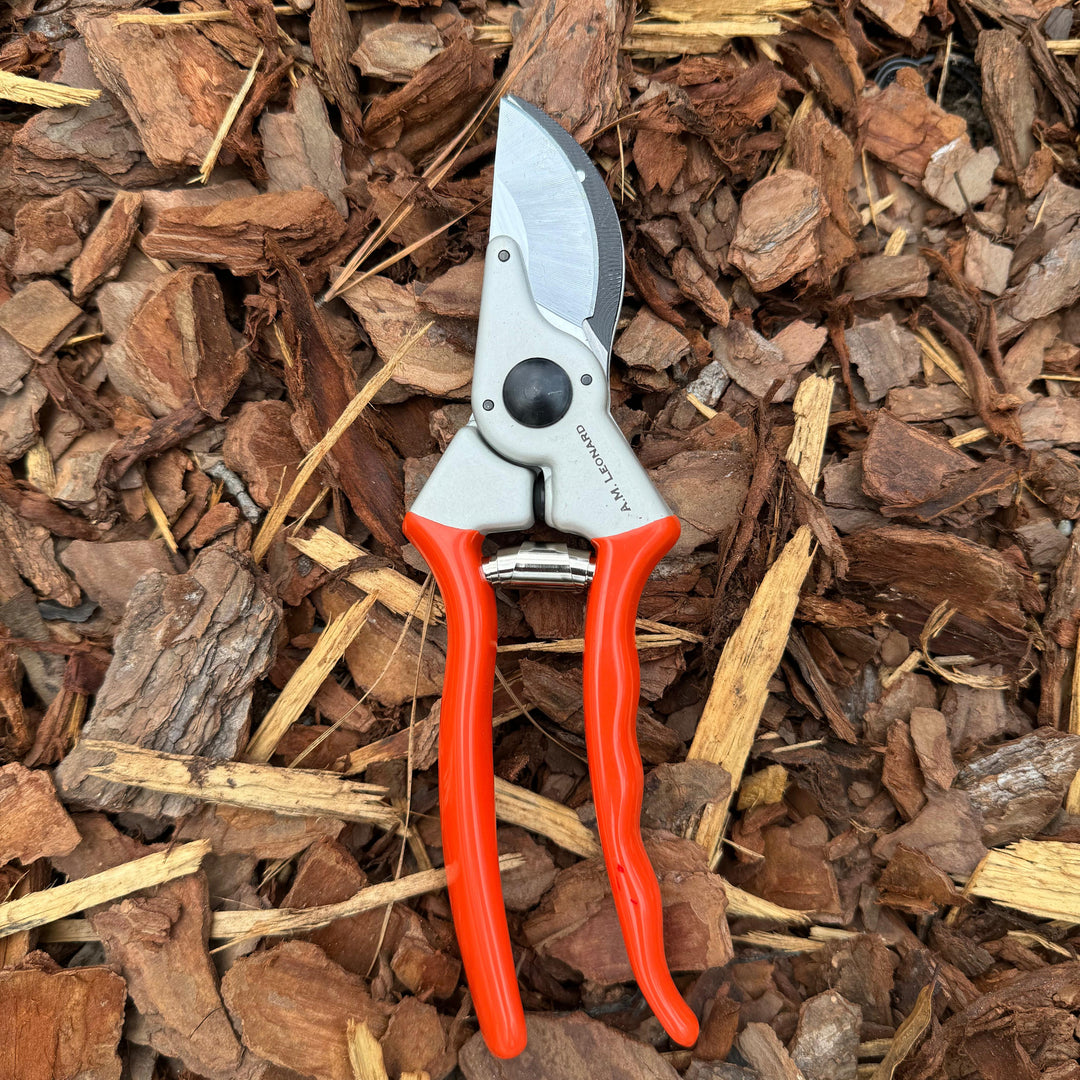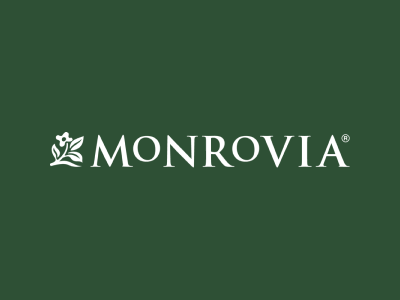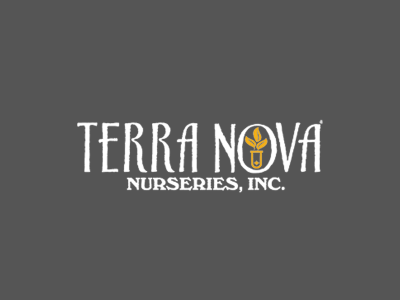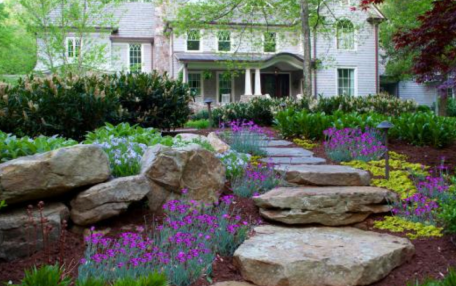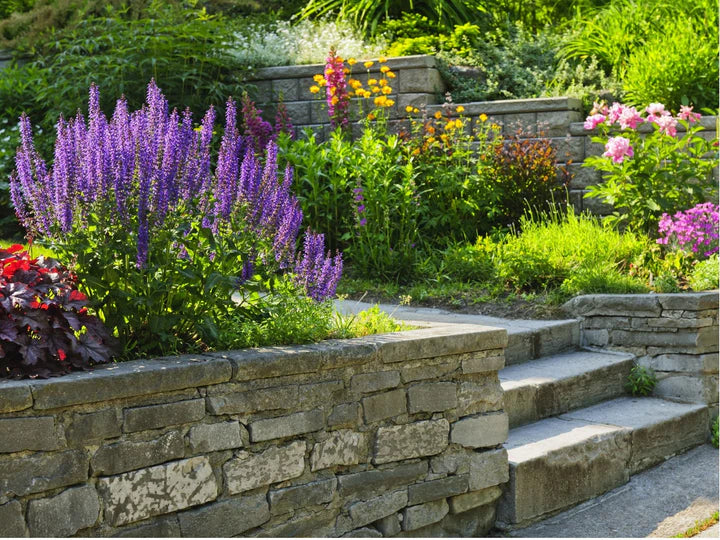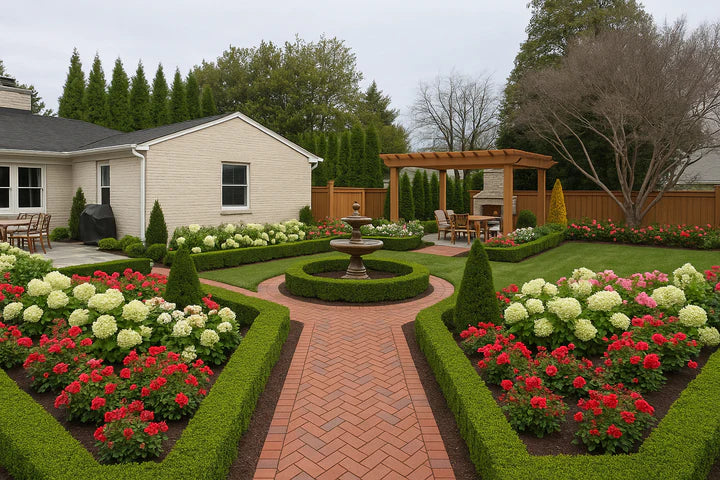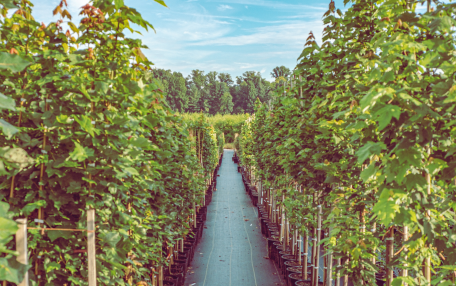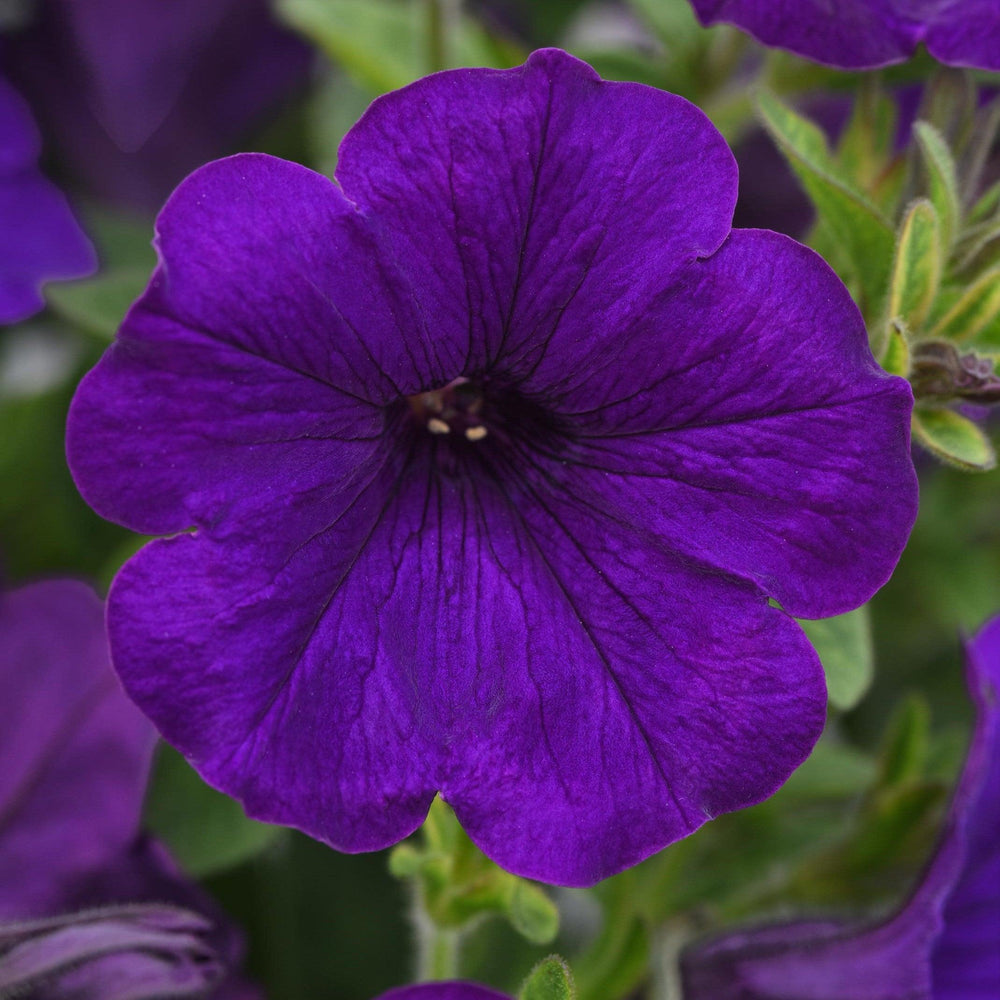Unveiling the Allure of Hydrangeas: Your Ultimate Guide to Planting and Caring for These Garden Marvels
Gardening aficionados, let's explore the captivating world of Hydrangeas! These flowering shrubs are renowned for their enchanting blossoms, which come in a mesmerizing array of colors. But before you start dreaming of hydrangea-filled gardens, let's discover why these botanical beauties with incredible diversity in flower colors, shapes, and sizes, deserve a special place in your outdoor haven. This guide will cover the differences between species, suggest popular cultivars, and provide a detailed care guide for your hydrangea of choice.

Choosing the Right Hydrangea for Your Garden:
Selecting the perfect hydrangea for your garden involves understanding the differences between the main species. Here's a quick guide to help you make the best choice:
Hydrangea macrophylla: These are the classic mophead or lacecap hydrangeas, known for their large, globe-shaped flower clusters. Opt for these if you desire bold, globe-like blooms that steal the show. Keep in mind that flower color can be influenced by soil pH – acidic soil results in blue blooms, while alkaline soil yields pink ones.
Hydrangea paniculata: Panicle hydrangeas produce elongated, cone-shaped flower clusters. They typically start white and gradually turn shades of pink, red, or burgundy as they mature.
If you prefer a hardy shrub with striking cone-shaped flowers and a variety of colors, panicle hydrangeas are your go-to. They're also more forgiving of different soil conditions,and can even handle full sun with the right care.
Hydrangea arborescens: The smooth hydrangea produces rounded clusters of white or greenish-white flowers. Smooth hydrangeas like 'Annabelle' are great for those seeking large, rounded blooms that brighten up shaded areas. They are known for their reliability.
Hydrangea serrata: These are delicate lacecap hydrangeas with smaller flowers and serrated leaves. They often display blue or pink blooms depending on soil conditions. Opt for these lacecap hydrangeas if you appreciate delicate, intricate blooms and want a compact shrub that fits well in smaller spaces.
Hydrangea quercifolia: For a unique and elegant addition to your garden, consider the native oakleaf hydrangeas. They feature distinctive oak-like foliage, stunning white flower panicles, and exceptional fall color. These hydrangeas thrive in partial to full shade and well-draining soil.
When choosing a hydrangea, consider your garden's soil pH, available space, and the specific aesthetic you desire. Remember that proper care is essential, regardless of the species you choose. With the right knowledge and care, your hydrangeas will thrive and become the centerpiece of your garden.

Popular Cultivars:
- Hydrangea macrophylla 'Endless Summer': This versatile cultivar is famous for its ability to produce both pink and blue blooms on the same plant, depending on soil pH. It offers continuous flowering throughout the summer.
- Hydrangea paniculata 'Limelight': 'Limelight' is celebrated for its stunning lime-green cone-shaped flowers that gradually turn shades of pink in the fall. It's a showstopper in any garden.
- Hydrangea arborescens 'Annabelle': 'Annabelle' hydrangea is renowned for its massive, globe-like clusters of white flowers. This classic cultivar adds a touch of elegance to any landscape.
- Hydrangea macrophylla 'Blue Deckle': 'Blue Deckle' features unique serrated (toothed) petals on its lacecap flowers, creating a distinctive and eye-catching look in shades of blue or pink.
- Hydrangea quercifolia 'Alice': 'Alice' oakleaf hydrangea boasts large oak-like leaves and conical white flower clusters that gradually take on lovely shades of pink as they mature.
- Hydrangea paniculata 'Pee Gee': 'Pee Gee' is prized for its massive, cone-shaped flower clusters that begin as creamy white and evolve to pink or reddish hues in late summer.
- Hydrangea macrophylla 'Nikko Blue': 'Nikko Blue' is a classic mophead hydrangea known for its large, globe-shaped blue blooms, making it a timeless favorite.
These top hydrangea cultivars, available from Servescape and other reputable nurseries, offer a range of colors, shapes, and sizes to suit your garden's needs and your personal preferences. Whether you're drawn to the mophead, lacecap, panicle, smooth, or oakleaf hydrangeas, you're sure to find a stunning addition to your outdoor space among these selections.

Planting and Care Guide:
Hydrangeas are renowned for their beauty and versatility in gardens, but they do require some TLC to thrive. Here's a comprehensive guide on how to plant and care for these beloved flowering shrubs:
Location and Soil:
- Choose the Right Spot: Hydrangeas generally prefer morning sun and afternoon shade, although some species tolerate full sun. Select a location that aligns with the specific species you've chosen.
- Well-Draining Soil: Ensure your soil is well-draining to prevent waterlogged roots. Amending with organic matter, such as compost, can improve soil structure and moisture retention.
Planting:
- Timing: Spring or early fall is the best time for planting hydrangeas.
- Digging the Hole: Dig a hole that's as deep as the root ball but twice as wide. This extra width allows the roots to spread and establish more easily.
- Placement: Position the plant at the same depth it was in its nursery container.
- Spacing: Give your hydrangeas adequate space according to their expected mature size.
Watering:
- Consistent Moisture: Keep the soil consistently moist, especially during the first year when the roots are establishing. Aim for about an inch of water per week. Mulching around the base helps retain moisture.
Fertilization:
- Balanced Fertilizer: Apply a balanced, slow-release fertilizer in spring, just as new growth begins. Avoid over-fertilizing, as this can lead to excessive foliage growth at the expense of blooms.
Pruning:
- Deadheading: Remove spent flowers to encourage new blooms.
- Pruning Mophead and Lacecap Hydrangeas (H. macrophylla): These varieties bloom on old wood, so prune them right after they bloom in late summer. Remove any dead or weak stems to shape the shrub.
- Pruning Panicle and Smooth Hydrangeas (H. paniculata and H. arborescens): These varieties bloom on new wood, so prune them in late winter or early spring before new growth begins. You can cut them back quite aggressively to control size or rejuvenate the plant.
- Prunning Oakleaf Hydrangeas (H. quercifolia): These hydrangeas require minimal pruning. Remove dead or damaged wood in early spring if needed. Avoid pruning during the growing season, as this can remove flower buds.
- Acidic Soil (Blue Blooms): To encourage blue flowers, lower the soil pH by adding aluminum sulfate or coffee grounds.
- Alkaline Soil (Pink Blooms): To encourage pink flowers, raise the soil pH by adding lime.
Winter Protection (Colder Climates):
- Mulch: Apply a layer of mulch around the base of the plant to protect it from winter frost. This is especially important for newly planted hydrangeas.
Pest and Disease Management:
- Pest Control: Keep an eye out for common pests like aphids, spider mites, and scale insects. Address infestations promptly with appropriate treatments.
- Disease Prevention: Good garden hygiene, including proper spacing and pruning, can help prevent fungal diseases like powdery mildew and botrytis.

By following these guidelines and understanding the specific needs of your chosen hydrangea species, you can enjoy a thriving, colorful, and stunning garden addition year after year. Whether you're aiming for breathtaking blooms or elegant foliage, hydrangeas are sure to enhance your outdoor oasis.

